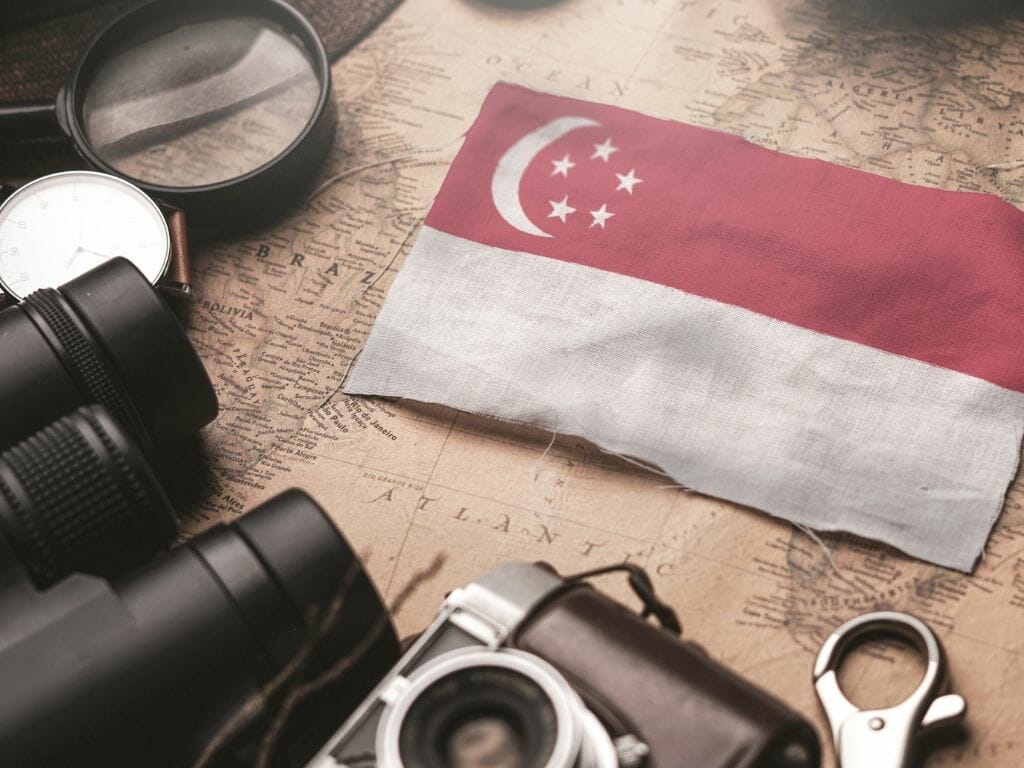10 Facts That Chronicle Singapore’s Journey from Swamp to Skyscrapers
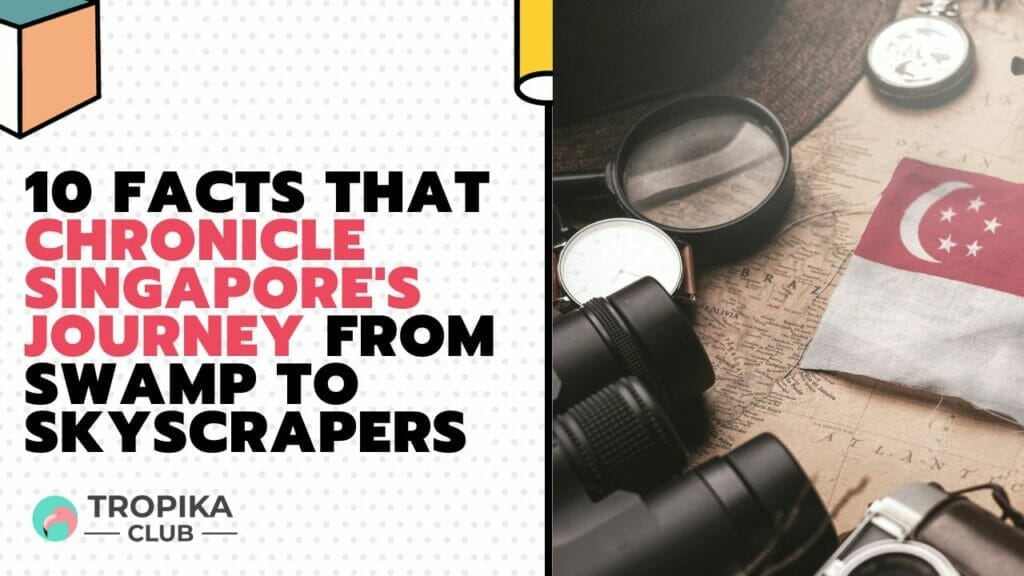
No Time to Read? Here’s a Snappy Summary of This Article
- Humble Origins: Singapore began as a muddy fishing village, growing from a small trading post to a global powerhouse.
- Colonial Tug-of-War: The island endured British colonization, Japanese occupation, and finally gained independence in 1965.
- Urban Miracle: Remarkably, Singapore transformed into a modern metropolis with stunning architecture and efficient infrastructure.
- Garden City: The city-state is renowned for its greenery, boasting lush parks and iconic Supertree Grove in Gardens by the Bay.
- Economic Miracle: Singapore’s economic prowess is evident in its booming finance, tech, and shipping industries.
- Cultural Fusion: A vibrant blend of cultures, Singapore thrives on diverse traditions, food, and a dynamic cosmopolitan lifestyle.
Table of Contents
- No Time to Read? Here’s a Snappy Summary of This Article
- 1. Fishing Village Roots
- 2. British Colonization
- 3. World War II and Occupation
- 4. Road to Independence
- 5. Economic Transformation
- 6. Public Housing Revolution
- 7. Greening of Singapore
- 8. Education and Innovation
- 9. Cultural Melting Pot
- 10. Skyline and Architectural Marvels
- Meanwhile, Check Out Tropika Club’s Ecosystem of Websites
Introduction
Singapore’s skyline is a breathtaking tapestry of architectural marvels, but it wasn’t always like this. What we see today as an epitome of modernity and progress was once a swampy backwater. For Singaporeans and history enthusiasts alike, understanding the journey from swamp to skyscrapers offers not just valuable insights into Singapore’s past, but a lens into its robust spirit and remarkable transformation. Let’s explore these 10 captivating facts.
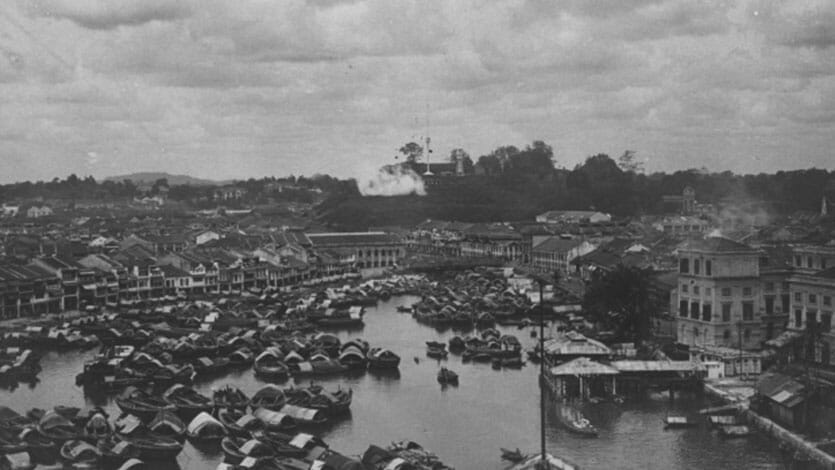
1. Fishing Village Roots
What many people might find hard to believe is that Singapore started as a fishing village. Founded by Sang Nila Utama, a Prince from Palembang, in 1299, it was initially called Temasek (‘Sea Town’ in Old Javanese). It was a modest settlement largely dependent on the sea for sustenance and trade. The shift from a fishing village to a trade post was gradual and marked by various external influences, notably by the British.
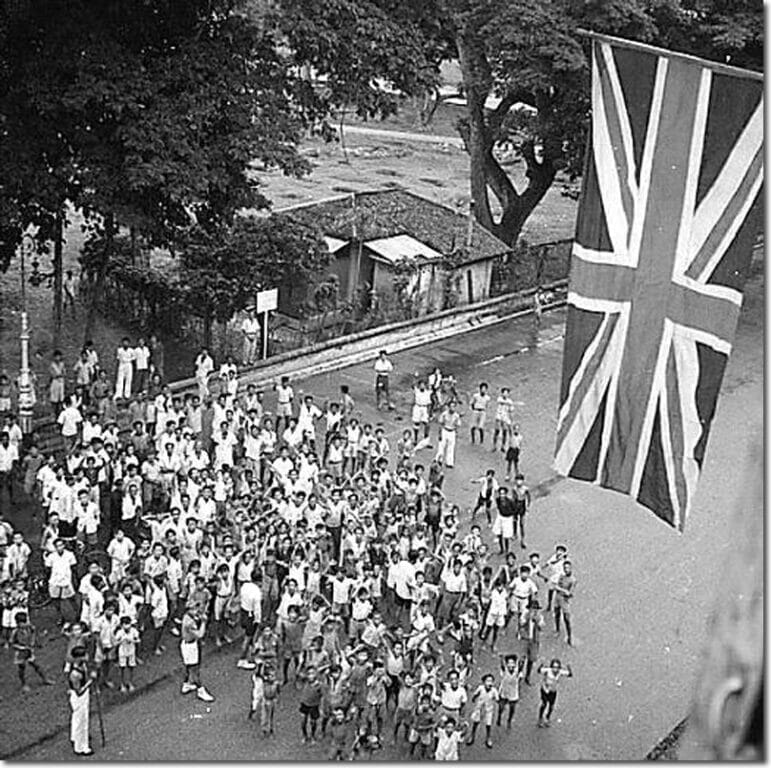
2. British Colonization
The British East India Company, led by Sir Stamford Raffles, saw the strategic value of Singapore as a port and established a trading post here in 1819. The signing of the Treaty of Friendship and Alliance with local rulers enabled British governance. Raffles’ forward-thinking urban planning and policies were instrumental in attracting migrants, which led to a diverse, multi-ethnic population. This multicultural foundation became an integral part of Singapore’s identity and fueled its growth.
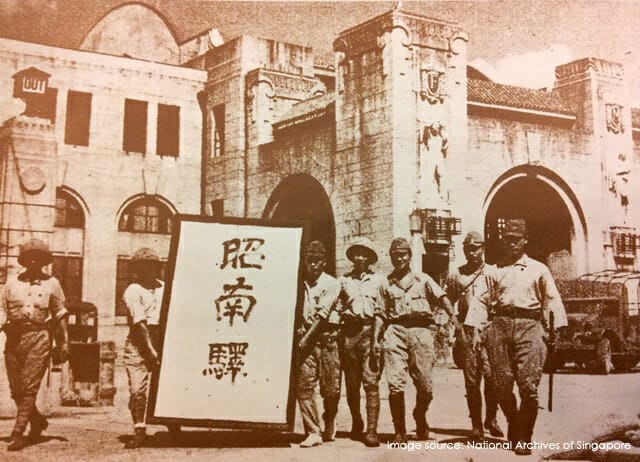
3. World War II and Occupation
One of the darkest periods in Singapore’s history was the Japanese Occupation during World War II. Singapore fell to the Japanese army in February 1942 and was renamed Syonan-to, meaning “Light of the South”. This occupation left an indelible impact on the populace, marking a period of hardship, but also instilling a resilient spirit that would later play a role in the nation’s independence and development.
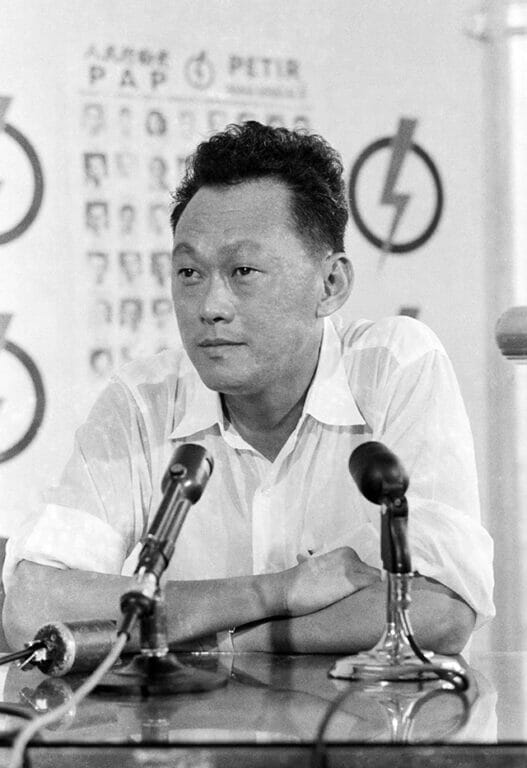
4. Road to Independence
After World War II, anti-colonial and nationalist sentiments grew stronger. In 1959, Singapore gained self-governance with the formation of its first fully elected government. Under the leadership of Lee Kuan Yew, the People’s Action Party (PAP) advocated for merger with Malaysia for economic survival. However, ideological differences led to Singapore’s expulsion from the federation in 1965, making it a sovereign nation.
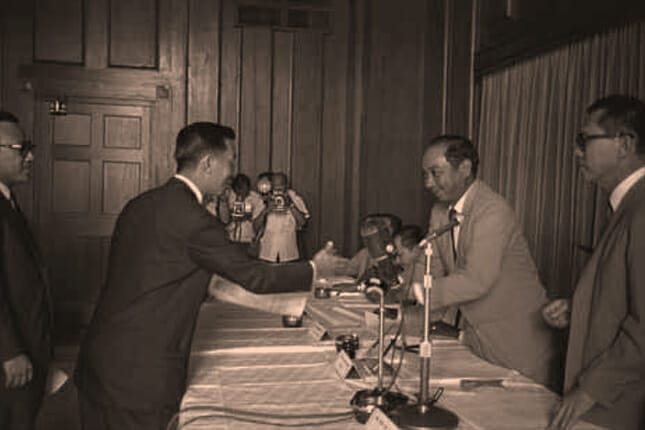
5. Economic Transformation
After independence, Singapore faced the mammoth task of building its economy. With scarce natural resources, the focus was on developing human capital and attracting foreign investment. The establishment of the Economic Development Board in 1961 and the initiation of pro-business policies transformed Singapore into an attractive destination for global businesses. Today, it stands as one of the world’s leading financial hubs.

6. Public Housing Revolution
Another cornerstone of Singapore’s development was the introduction of the Housing Development Board (HDB) flats to resolve housing crises. Launched in 1960, the HDB scheme has since provided affordable, quality homes to over 80% of Singapore’s population. This is a unique model of public housing that has garnered international acclaim.
_
Read Also:
_
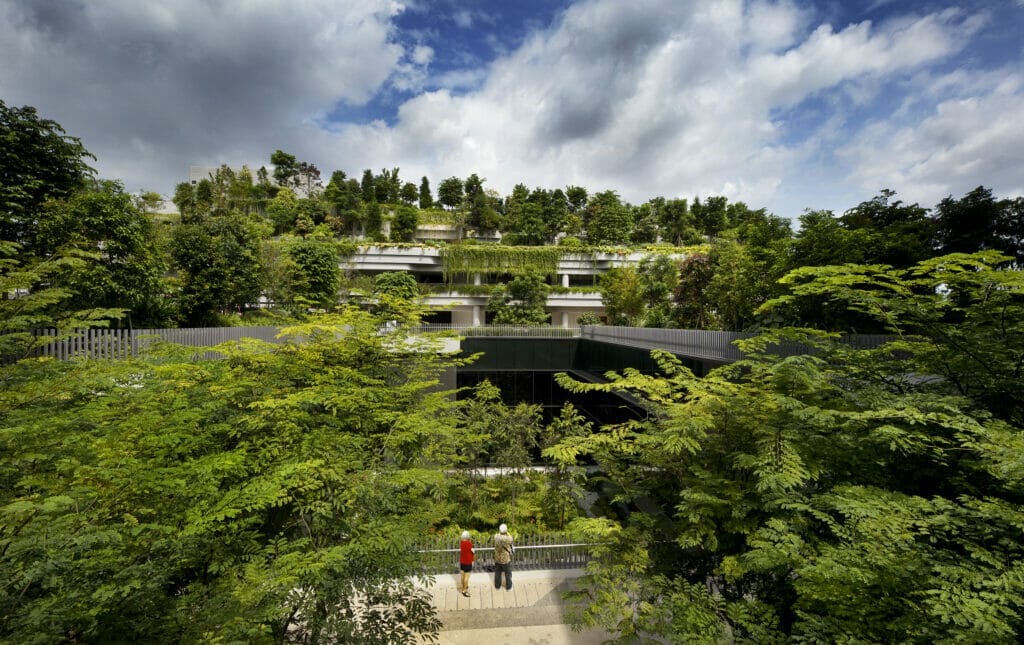
7. Greening of Singapore
Despite its urbanization, Singapore has not neglected its environment. Initiatives like the Garden City Movement in 1967 have been crucial in integrating green spaces within the urban framework. This has not only made Singapore a visually pleasing city but also contributed to its reputation as one of the cleanest and greenest cities in the world.

8. Education and Innovation
Recognizing the importance of human capital, Singapore has heavily invested in education and innovation. The nation’s schools and universities are ranked among the best globally, with a focus on science, technology, engineering, and mathematics (STEM) to prepare its workforce for the future.
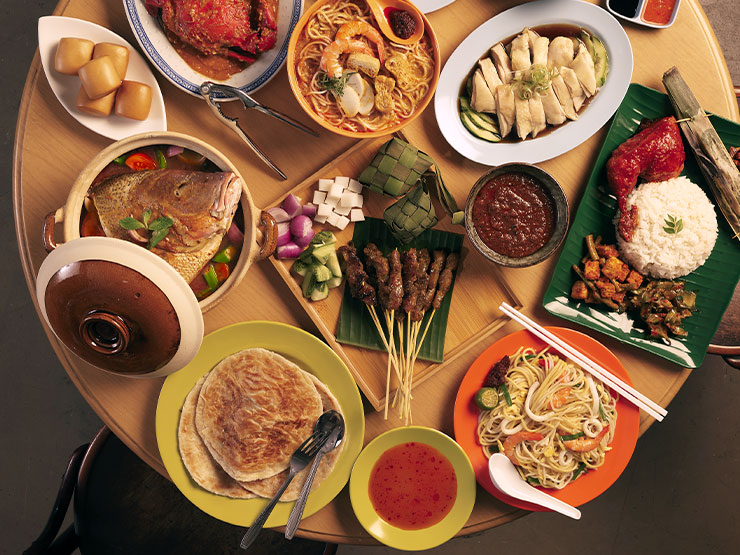
9. Cultural Melting Pot
One of Singapore’s defining features is its rich cultural diversity. From early days, it was a meeting point for various ethnic groups including Malays, Chinese, and Indians. This cultural melting pot has made Singapore a gastronomic paradise, and added a vibrant, cosmopolitan character that sets it apart on the global stage.
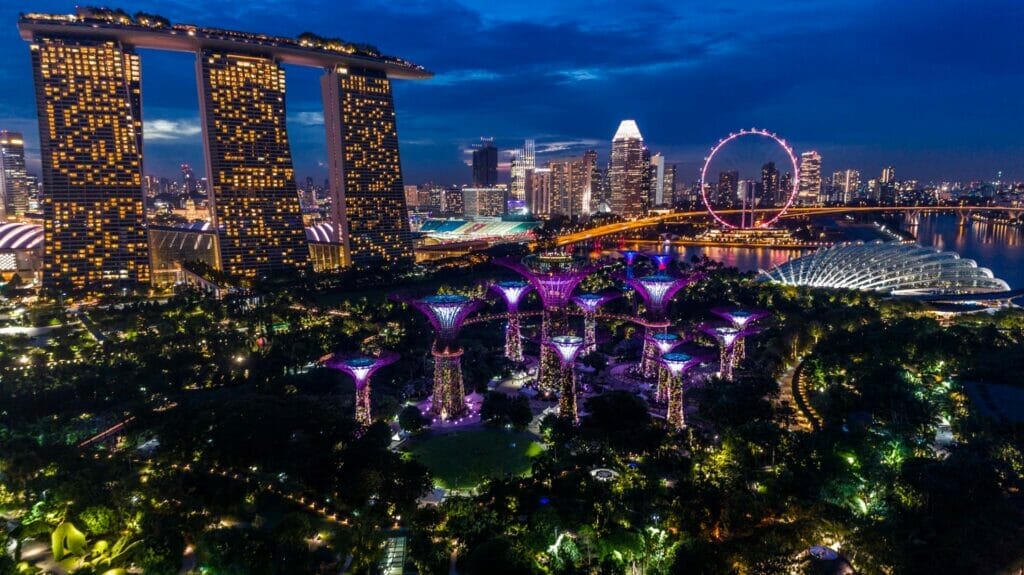
10. Skyline and Architectural Marvels
From swamps and fishing villages, Singapore’s skyline has transformed into an array of skyscrapers and architectural wonders. Iconic structures like the Marina Bay Sands, the Esplanade, and the Gardens by the Bay showcase the nation’s commitment to aesthetic and functional design. The skyline not only serves as a tourist attraction but also stands as a testament to Singapore’s indomitable spirit and constant evolution.
Conclusion
In the grand tapestry of history, Singapore’s transformation from a modest fishing village to a gleaming metropolis is nothing short of extraordinary. The city-state’s compelling journey serves as a testament to what vision, resilience, and ingenuity can accomplish. For everyone who calls Singapore home, or even for those just passing through, these ten facts offer a fascinating glimpse into the nation’s soul.

Frequently Asked Questions (FAQ)
Q; How did Singapore evolve from a swamp to skyscrapers?
A: Singapore transformed through urban planning, investment, and visionary leadership over the years, reshaping its skyline.
Q: What were some key milestones in Singapore’s development?
A: Milestones include gaining independence in 1965, rapid industrialization, and the development of iconic landmarks like Marina Bay Sands.
Q: Can you recommend must-visit historical sites in Singapore?
A: Explore Chinatown Heritage Centre, National Museum, and Fort Canning Park for a deeper understanding of Singapore’s history.
Q: What role did the British play in Singapore’s development?
A: British colonization left a lasting impact on Singapore, influencing its governance, architecture, and culture.
Q: How has Singapore balanced urbanization with green spaces?
A: Singapore’s commitment to greenery is evident through initiatives like Gardens by the Bay, enhancing the city’s sustainability.

Have an Article to Suggest?
Tropika Club is always looking for new and exciting content to feature in their magazine and they value the input of our readers. If you have any noteworthy content or articles that you believe would be a great addition to Tropika Club’s magazine, we are open to suggestions and encourage you to reach out to us via email at [email protected]. By doing so, Tropika Club values your expertise and knowledge in the matter and appreciates your willingness to help. We will review your recommendations and update our list accordingly
Meanwhile, Check Out Tropika Club’s Ecosystem of Websites

Tropika Club Magazine – Tropika Club Magazine is a Singapore-based publication that features articles on a wide range of topics with a focus on local businesses and content for the region. The magazine emphasizes supporting local businesses through its #SupportLocal initiative, which includes coverage of everything from neighborhood hawker stalls to aesthetic clinics in town. In addition to highlighting local businesses, Tropika Club Magazine also covers a variety of local content, including beauty, lifestyle, places, eats, and what’s on in Singapore and the Asia Pacific region.
Tropika Club Deals – Tropika Club Deals is a leading online deals and voucher shopping site in Singapore, offering amazing discounts on beauty, wellness, and fitness products and services. It’s the perfect platform for customers who want to discover the best deals without having to commit to a specific appointment date and time. These deals are available at major beauty stores, facial salons, hair salons, and other brands in Singapore, with no minimum spend required. Choose from guaranteed discounted deals in the categories of hairstyling, hair removal, facial & aesthetics, body slimming, brows & lashes, nails & makeup, massage & spa or fitness & wellness. Tropika Club Deals is also ideal for customers who want to buy vouchers as gifts or to use for the future. So whether you’re looking to save money on your next haircut or want to treat yourself to a relaxing massage, Tropika Club Deals has got you covered with the best voucher and coupon deals in Singapore!



